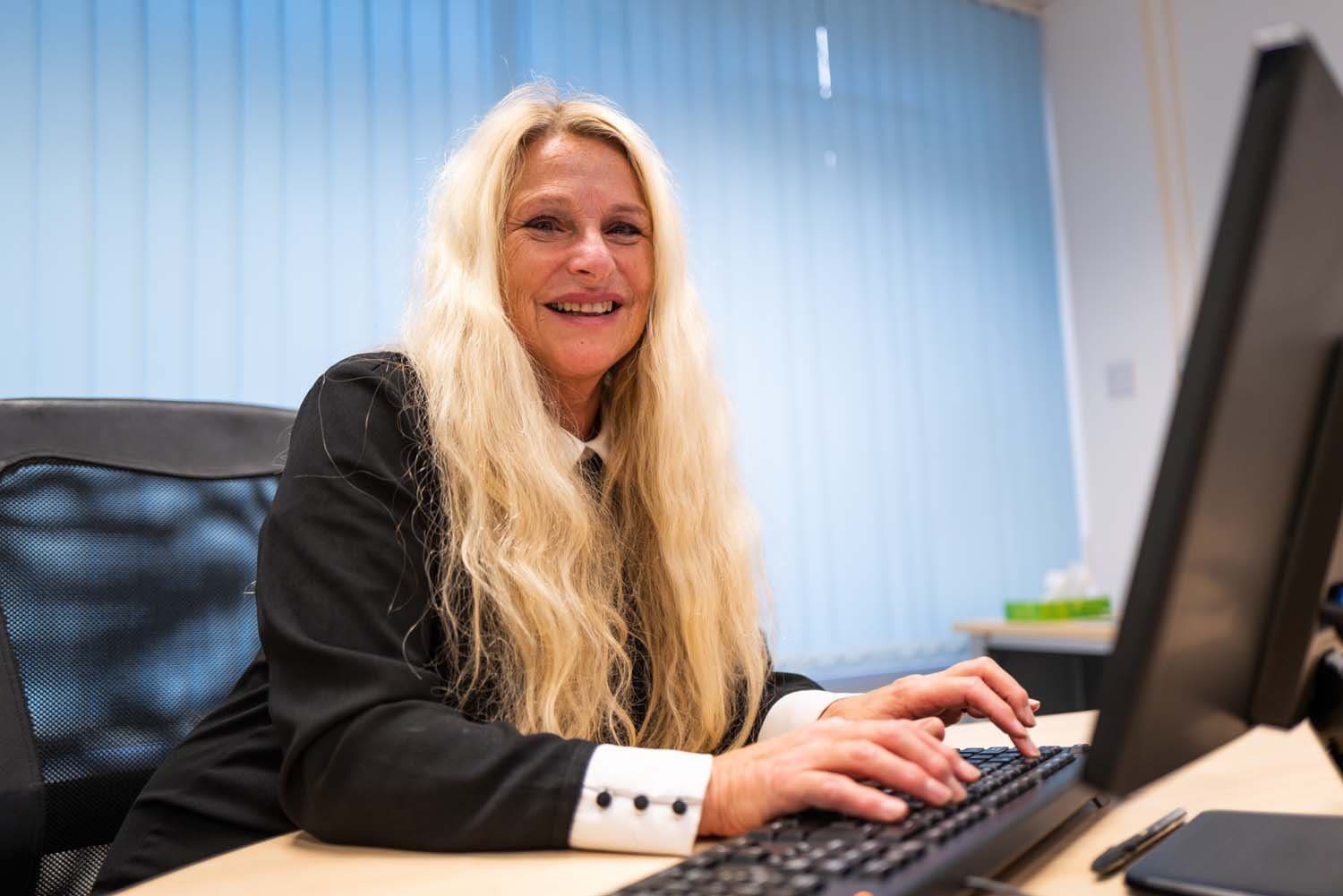Pamela Waterhouse, Head of EPD Bastian Lloyd Morris
Since the start of the COVID-19 pandemic of 2019/2020, a global increase in domestic abuse has been reported. The UN has described the worldwide increase as a ‘shadow pandemic’ alongside COVID-19. It is thought that cases have increased by as much as 20% during lockdown, as many people are finding themselves trapped at home with their abuser. Lockdown is bearable if you are lucky enough to be spending it with your best friend, but it is an entirely different matter if you are spending it with your worst enemy.
It was predictable that the restrictions imposed to keep the virus from spreading would also allow domestic abuse to flourish. Domestic abuse increases whenever families spend more time together, such as Christmas and summer holidays. Therefore, having to socially isolate brings with it the same dangers.
Add to this the possible stresses caused by financial worries, unemployment and anxiety surrounding the virus itself, and we are left with families in tinderbox situations. The isolation of family units has exacerbated domestic abuse, as perpetrators are more likely to be at home with the victim, and the traditional routes to help and support, such as schools, GPs and workplaces, may be closed. There have undoubtedly been new cases of domestic abuse during the pandemic and the imposed isolation may mean that there have been fewer opportunities to identify the early warning signs of abuse.
We know that other countries that are dealing with the COVID-19 pandemic have reported an increase in domestic abuse cases. Sadly, this has been borne out in the UK also, with the UK Domestic Abuse Helpline reporting a 25% increase in people calling the helpline since lockdown began. During the first three weeks of lockdown, 11 women, two children and one man died as a result of domestic abuse.
Victims of domestic abuse are facing restricted access to support or escape as a result of the lockdown measures. Some may feel that it is not safe to reach out for help, as the stay-at-home policy means that there are fewer opportunities to speak to someone while the perpetrator is always present. Common tools of abuse include isolation from friends and family, constant surveillance and strict detailed rules for behaviour. This atmosphere of constant monitoring makes it impossible for many victims to successfully access support.
There are, consequently, risks associated with calling helplines when the perpetrator might be able to overhear conversations. This is demonstrated by the fact that domestic abuse services have seen a significant increase in the use of their online services and web forum support services. There have also been reported increases in calls to helplines late in the evening.
It is important to recognise that domestic abuse is a hidden crime, so the increase in calls to the national helpline or to the police will be only part of the picture. Victims will often choose to disclose the abuse to family, friends or work colleagues rather than to the police or other agencies, so there is likely to be a great deal of unreported incidents.
Local councils are reporting that referrals to childrens social care have fallen since the stay-at-home guidance was issued. Councils receive, on average, almost 1,800 referrals per day and evidence suggests that these have fallen by more than half in some areas. This raises concerns that, without the regular oversight of professionals in schools or medical settings, some children may be at risk of abuse or neglect in the home that cannot currently be highlighted in the normal way.
There are a number of organisations currently working hard to offer support and advice to victims of domestic abuse. The UK Domestic Abuse Helpline (080 820 00247) and NSPCC (080 880 05000) are two of them. However, the true extent of domestic abuse will probably not emerge until after the pandemic, when more victims are able to speak freely.
For more information about Bastian Lloyd Morris, visit www.blmsolicitors.co.uk or call 01908 546580.














